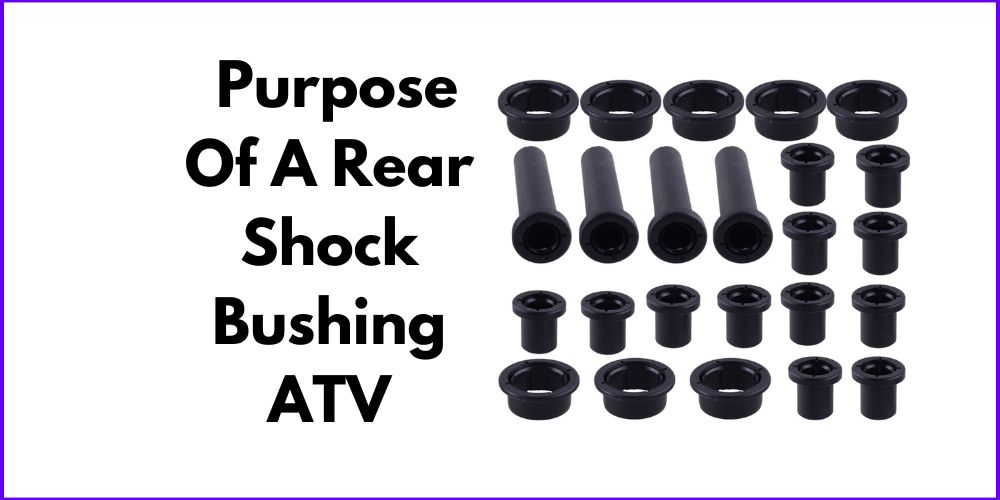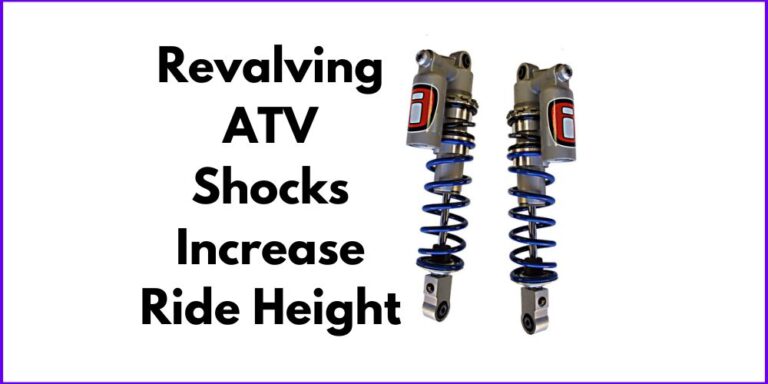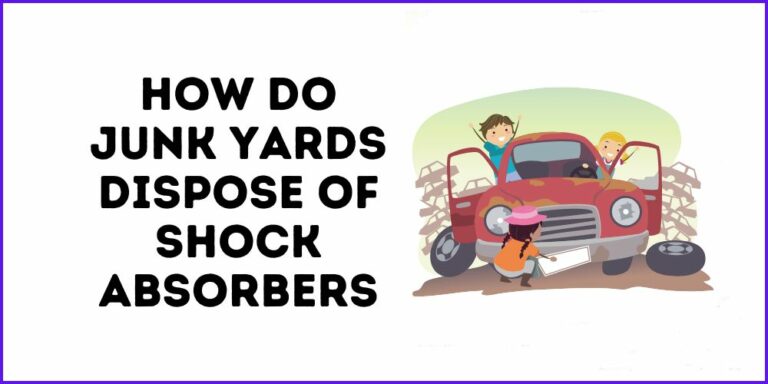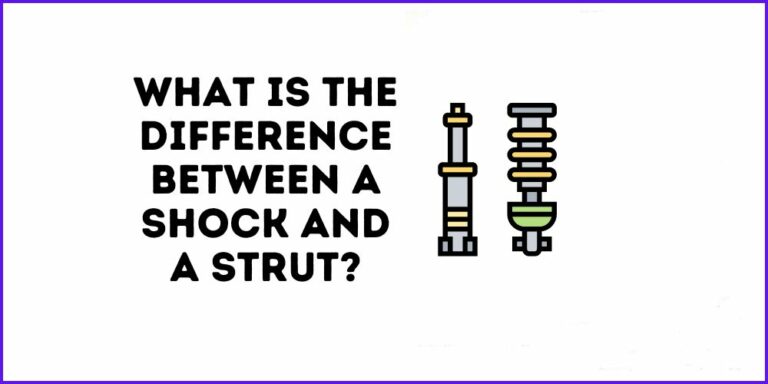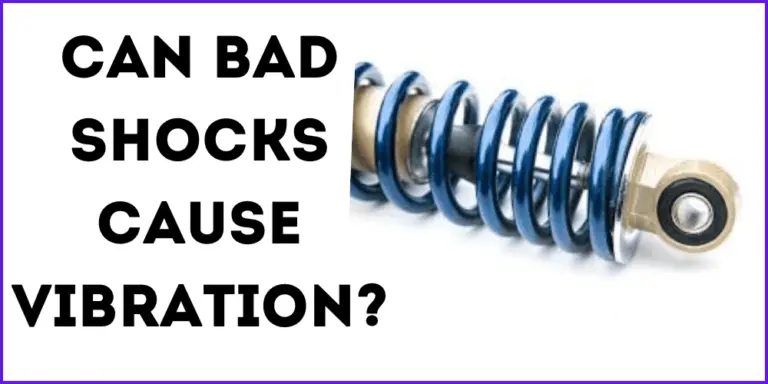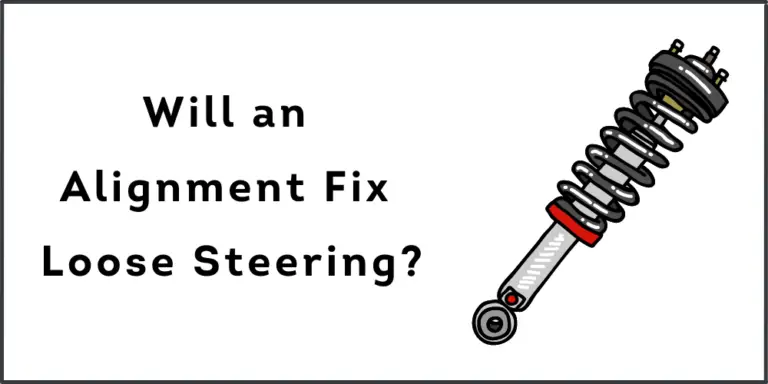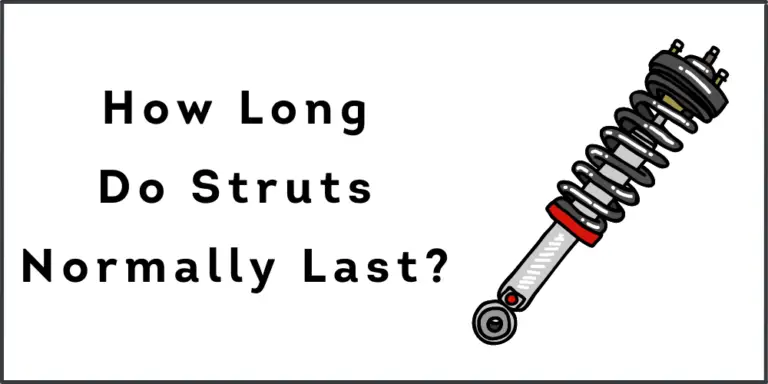ATVs are the ultimate machines for off-road adventures, conquering rugged terrains with ease. Rear shocks are a crucial component that ensures a smooth and controlled ride on an ATV. However, within this system, the rear shock bushing plays an equally vital role. In this blog post, we will explore the purpose and significance of rear shock bushings in ATVs, shedding light on their importance for every ATV enthusiast. Let’s uncover the secrets behind these essential components that enhance the off-road experience.
What Is The Purpose Of A Rear Shock Bushing ATV?
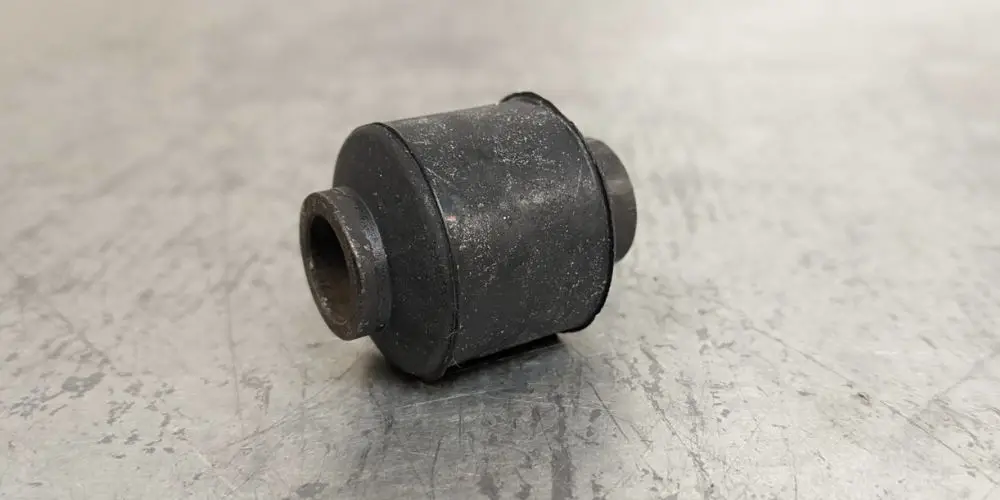
First, understanding rear shocks in ATVs… Rear shocks are crucial for a smooth and controlled ATV ride. They absorb impacts and vibrations, enhancing stability and overall ride quality. The main components include the shock absorber, spring, damping system, and rear shock bushings.
Rear shock bushings, made of rubber or polyurethane, reduce friction, absorb vibrations, and provide cushioning. They contribute to stability, control, and proper alignment within the suspension system. Rear shock bushings are vital in minimizing vibrations, reducing noise, and ensuring optimal ATV performance.
The Purpose of Rear Shock Bushings in ATVs
Rear shock bushings may seem like small and inconspicuous components in an ATV’s suspension system, but their role is far from insignificant. These seemingly humble bushings serve several important purposes that contribute to a safer, smoother, and more enjoyable ride. Let’s explore the key purposes of rear shock bushings in ATVs:
- Provide stability and control: Rear shock bushings play a crucial role in enhancing stability and handling during ATV rides. As you navigate through rough terrains or encounter bumps and obstacles, the rear shocks absorb the impacts. The bushings act as a buffer, helping to distribute the load and maintain stability. By reducing excessive movement and minimizing the transfer of energy, rear shock bushings contribute to a more controlled ride, allowing riders to maintain better control over their ATVs.
- Reduce vibrations and noise: When you’re cruising on your ATV, you want a ride that is as smooth as possible. Rear shock bushings help in achieving just that by absorbing vibrations generated from uneven terrain or impacts. These bushings act as a cushion, reducing the transmission of vibrations to the rest of the vehicle. As a result, riders experience less fatigue and enjoy a quieter ride, as the bushings also contribute to minimizing noise generated by the shocks.
- Minimize wear and tear: ATV suspension systems, including rear shocks, undergo substantial stress and strain during off-road adventures. Rear shock bushings play a vital role in protecting the shock absorbers and other suspension components from excessive wear and tear. By absorbing and distributing the forces experienced during rough rides, the bushings help to reduce the strain on the shocks and prevent premature failure. This, in turn, helps to prolong the lifespan of the suspension system and minimize the need for costly repairs or replacements.
However, rear shock bushings in ATVs serve multiple purposes that greatly impact the overall riding experience. They enhance stability and control, reduce vibrations and noise, and protect the shock absorbers and suspension components from excessive wear. By understanding and appreciating the significance of rear shock bushings, ATV enthusiasts can ensure a safer and more enjoyable off-road adventure.
Signs of Worn-out Rear Shock Bushings:
As with any component in an ATV, rear shock bushings can wear out over time due to continuous use and exposure to rough terrains. It’s important for ATV riders to be aware of the signs of worn-out rear shock bushings to ensure optimal performance and safety. Here are some common symptoms that indicate the need for replacement:
- Increased Vibration: If you notice excessive vibration during your ATV rides, especially when going over bumps or uneven surfaces, it could be a sign of worn-out rear shock bushings. Damaged bushings are less effective in absorbing vibrations, resulting in a rough and uncomfortable ride.
- Loose Handling: Worn-out rear shock bushings can cause a decrease in stability and control. You may experience a vague or imprecise feeling in the ATV’s handling, with reduced responsiveness to steering inputs. This can make it more challenging to navigate corners and maneuver obstacles safely.
- Clunking or Knocking Sounds: When the rear shock bushings deteriorate, you may hear unusual clunking or knocking sounds coming from the rear of the ATV, especially when going over bumps or landing jumps. These noises indicate a lack of proper cushioning and suggest that the bushings are no longer able to absorb impacts effectively.
Maintenance and Replacement of Rear Shock Bushings
To maintain rear shock bushings in good condition and ensure optimal performance, consider the following tips:
- Regular Inspection: Periodically inspect the condition of rear shock bushings for signs of wear, such as cracks, tears, or excessive play. Pay attention to any changes in ride quality or handling.
- Recommended Replacement Intervals: While the lifespan of rear shock bushings can vary depending on usage and riding conditions, it is generally recommended to replace them every 1-2 years or as indicated by the manufacturer.
- Proper Installation: When replacing rear shock bushings, ensure proper installation according to the manufacturer’s instructions. Use high-quality bushings that are compatible with your ATV’s make and model.
Upgrading Rear Shock Bushings:
For ATV enthusiasts seeking improved performance and enhanced ride quality, upgrading rear shock bushings can be a worthwhile option. Aftermarket bushings offer various benefits, including:
- Enhanced Durability: Upgraded bushings are often made from higher-quality materials, providing increased durability and longevity compared to stock bushings.
- Improved Suspension Performance: Aftermarket rear shock bushings may offer enhanced cushioning and better vibration absorption, resulting in a smoother and more controlled ride.
- Customization Options: Some aftermarket options allow for customization, such as adjustable stiffness or different bushing designs, allowing riders to tailor their ATV’s suspension to their specific preferences and riding style.
When considering an upgrade, research reputable brands and consult with ATV experts or mechanics to ensure compatibility and optimal results.
FAQs: Rear Shock Bushings in ATVs
What do shock bushings do?
Shock bushings, typically made of rubber or polyurethane, serve the purpose of absorbing road shock and controlling the movement in the joints of your ATV. They play a vital role in providing a smoother and more controlled ride.
How do I know if my rear shock bushings are bad?
Signs of worn-out rear shock bushings include excessive shaking or bouncing in the rear of your ATV, especially when encountering bumps or potholes on the road. If you notice these symptoms, it’s likely that your shock bushings need to be replaced.
Can you reuse shock bushings?
If your shock bushings fit tightly and remain in good condition after removal, they can potentially be reused. However, it’s crucial to ensure they are still in proper shape and provide effective shock absorption before reinstallation.
Should shock bushings be tight?
When tightening the fasteners of shock bushings, it’s important to achieve the right amount of compression. The bushing should expand (bulge) to match the outside diameter of the metal washer. This ensures proper bushing squeeze, allowing the shock absorber to function correctly in all directions.

